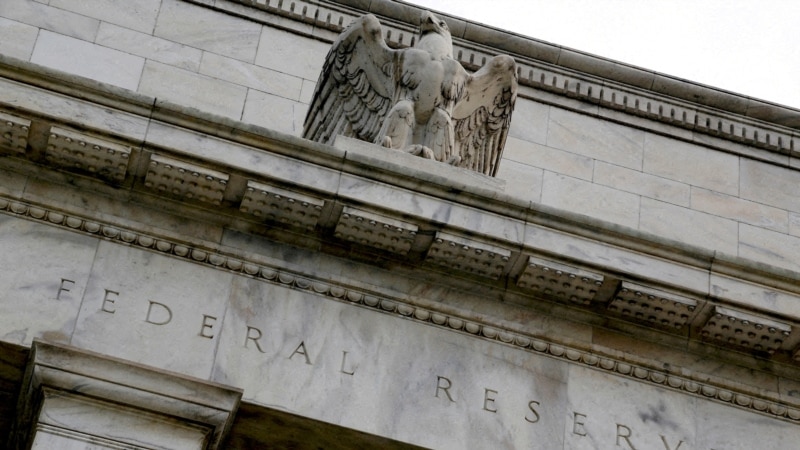U.S. central bank leaders will conclude their final two-day policy meeting on Wednesday with a new statement and comments from Federal Reserve Chair Jerome Powell that could give a clearer picture of how recent disappointing readings of the inflation have changed expectations for interest rate cuts this year.
The Fed will almost certainly keep its benchmark overnight rate steady, with investors placing a near 100% probability on that outcome and no support for any change in the official rate offered by policymakers ahead of the meeting. meeting.
However, a new monetary policy statement issued at 1800 GMT and Powell’s press conference half an hour later should provide insight into the extent to which — if at all — a three-month stretch lost in the battle of Inflation has affected the likelihood that borrowing costs will fall soon.
Fed policymakers will not update their quarterly economic projections at this week’s meeting, so any new guidance depends on Powell’s statement and press conference.
The Federal Reserve made significant progress in reducing inflation back to its 2% target after it had soared to a 40-year high in 2022.
But progress has stalled this year and even threatened to reverse, prompting central bank officials to downplay when rate cuts might begin.
At the start of the Federal Reserve’s latest meeting on Tuesday, two sets of data further undermined the outlook.
The Employment Cost Index, an important measure of labor market conditions because it is measured quarterly and takes into account changes in the mix of occupations, rose 4.2% year-over-year in the first quarter, matching the rise in the fourth quarter and above what is considered consistent with the Federal Reserve’s inflation objective.
Two national home price indicators also showed unexpected strength, dealing a blow to the Federal Reserve’s long-held hopes that housing inflation would slow and help reduce the overall inflation rate.
“The recent data has not been what the Fed is looking for,” said Tuan Nguyen, US economist at RSM, and the employment index in particular may have guided policymakers toward a more hawkish view of the recent data. , which they still hope will be an obstacle on the path to lower inflation, rather than a sign that progress is stalling.
Investors in contracts tied to the Fed’s official interest rate responded to the data by further expanding their expectations about when it might fall, according to data from CME Group’s FedWatch tool, with an initial quarter-percentage-point reduction in the central bank meeting on September 17-18 with almost equal odds from Tuesday.
The chance that the benchmark interest rate will not be cut at all this year from the current range of 5.25%-5.50% was about one in four, down from almost zero at the beginning of April.
The Fed last raised rates in July and, although policymakers have said they are unlikely to raise rates again, Powell’s assessment of this issue in his press conference will be important, if only to reaffirm that the expectation is simply leave the current interest rate for longer than anticipated.
“Recent data clearly have not given us greater confidence and instead indicate that it is likely to take longer than anticipated to achieve that confidence” and proceed to cut rates, Powell said April 16 in what were his final public comments before this week’s meeting.
“Right now, given the strength of the labor market and the progress in inflation so far, it is appropriate to give tight policy more time to work.”
Connect with the Voice of America! Subscribe to our channels Youtube, WhatsApp and to newsletter. Turn on notifications and follow us on Facebook, x and instagram.












Add Comment